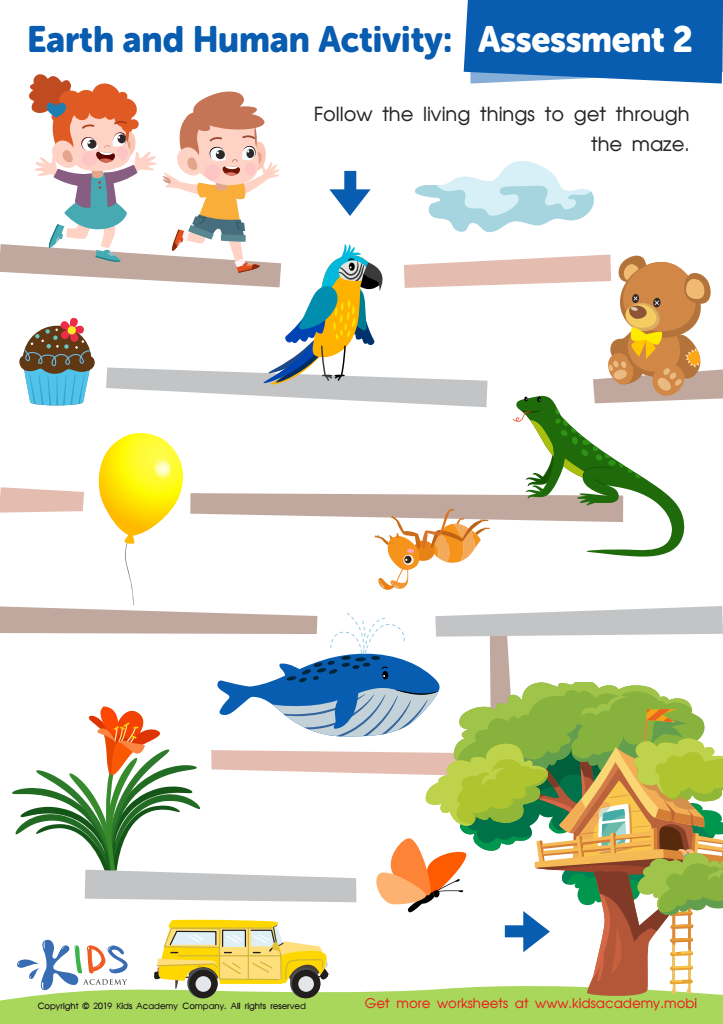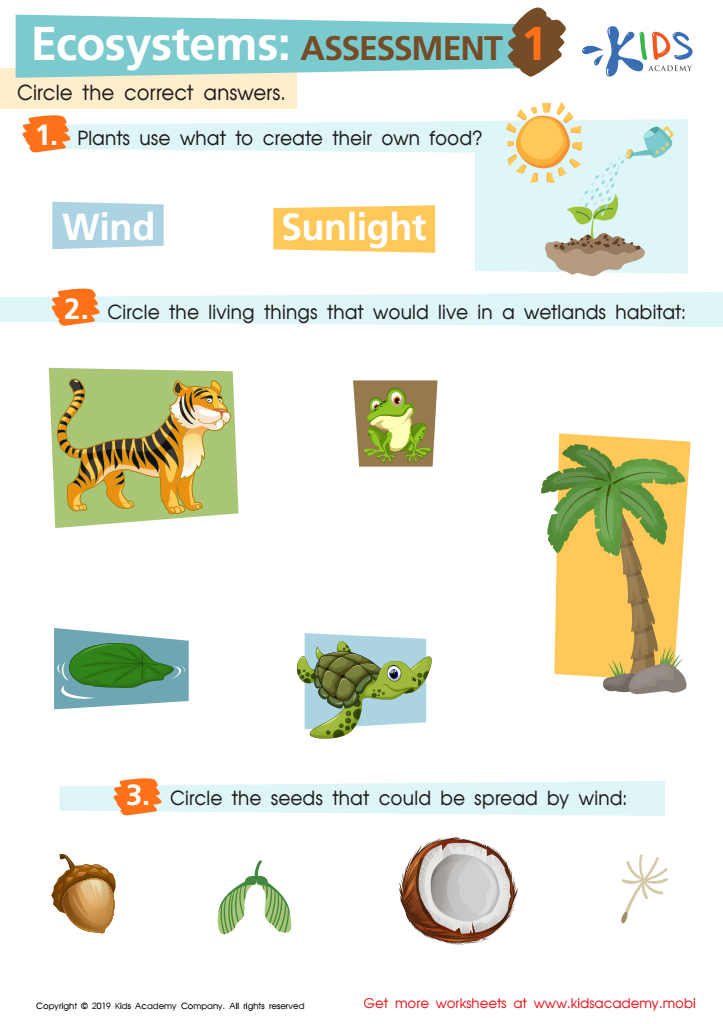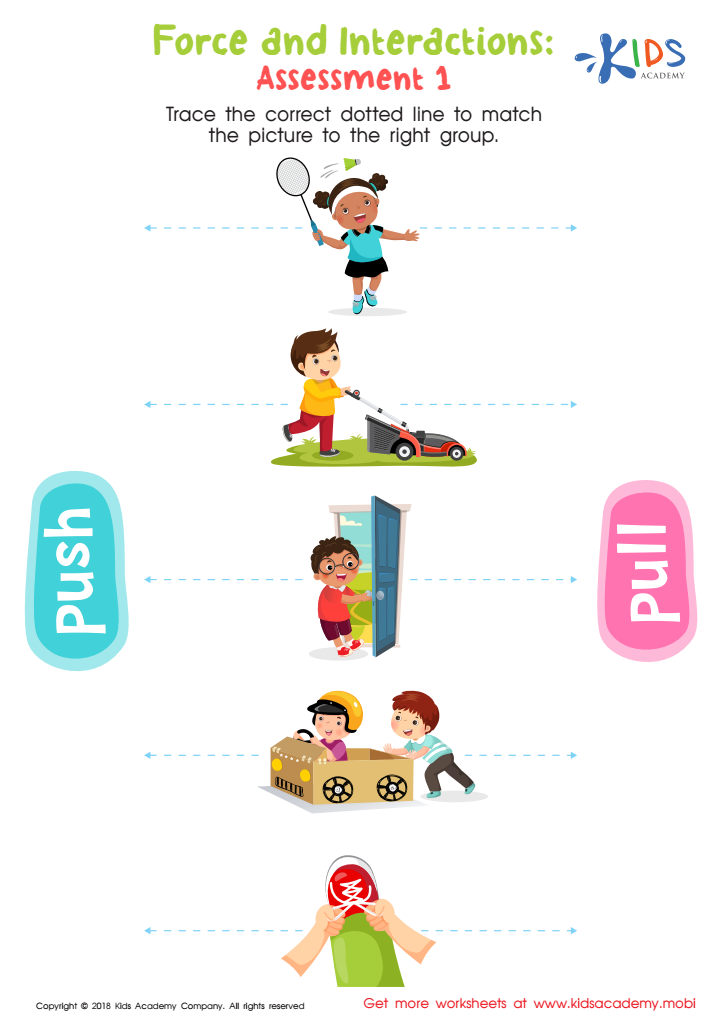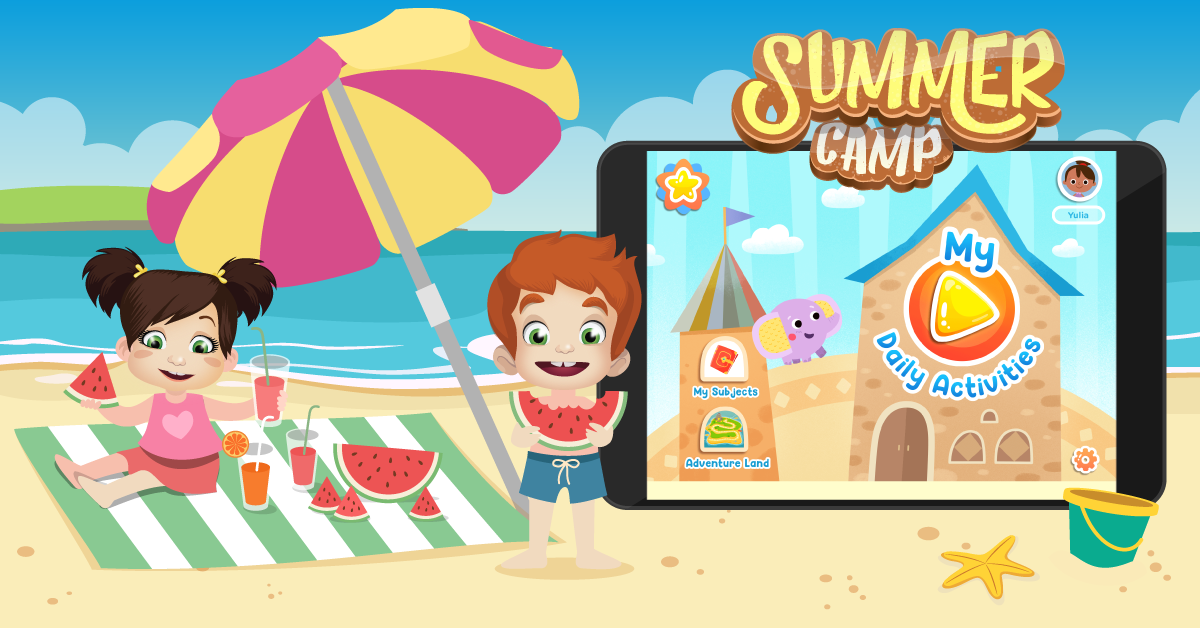Science worksheets activities for Ages 3-8
17 filtered results
-
From - To
Explore engaging science worksheet activities designed for children ages 3-8! Our collection offers a variety of fun, interactive worksheets that spark curiosity and foster a love for learning. Tailored for early learners, these activities cover essential scientific concepts, helping children understand the world around them. From exploring plants and animals to understanding basic physics and earth science, each worksheet is user-friendly and perfect for both classroom and home use. Encourage young minds to investigate, experiment, and discover with our creative resources. Start your science journey today and lay the foundation for a lifetime of curiosity and exploration!


Animals and Plants: Assessment 2 Worksheet


Animals and Plants: Assessment 1 Worksheet


Earth and Human Activity: Assessment 2 Worksheet


Earth and Human Activity: Assessment 1 Worksheet


Organisms: Assessment 2 Worksheet


Organisms: Assessment 1 Worksheet


Ecosystems: Assessment 2 Worksheet


Ecosystems: Assessment 1 Worksheet


Space: Assessment 2 Worksheet


Space: Assessment 1 Worksheet


Earth's Systems: Assessment 1


Light and Sound: Assessment 2 Worksheet


Light and Sound: Assessment 1 Worksheet


Matter: Assessment 2 Worksheet


Matter: Assessment 1 Worksheet


Force and Interactions: Assessment 2 Worksheet


Force and Interactions: Assessment 1 Worksheet
Parents and teachers should prioritize science activities for children aged 3-8 because these formative years are crucial for cognitive and social development. Engagement in science fosters curiosity, creativity, and critical thinking skills essential for lifelong learning. Through hands-on experiences, young learners can explore fundamental concepts in a tangible way, making abstract ideas more accessible. When children interact with their environment—whether discovering how plants grow or understanding water cycles—they develop observation and inquiry skills that are foundational for future scientific understanding.
Moreover, science activities encourage problem-solving and teamwork. Collaborative experiments promote communication and social skills as children share ideas and collaborate on outcomes. Providing diverse science experiences also nurtures inclusivity, allowing children of various backgrounds to make connections and express their understanding.
Finally, instilling a love of science early can inspire future scientists and innovators. Early exposure to scientific concepts lays the groundwork for future academic achievement and can even lead to increased interest in STEM (science, technology, engineering, and mathematics) fields. Ultimately, fostering a positive relationship with science enables children to feel empowered to explore their world, ask questions, and seek knowledge, shaping inquisitive and responsible future citizens.
 Assign to My Students
Assign to My Students
















